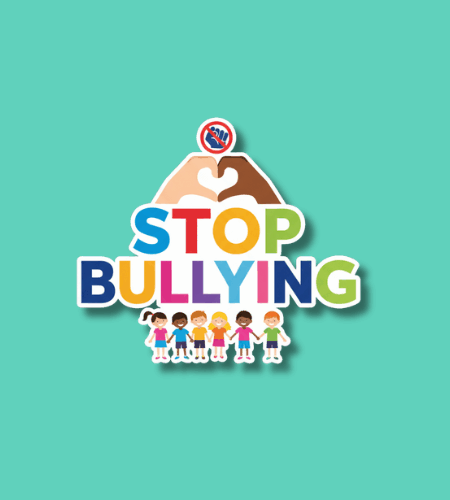National Stop Bullying Day, observed on the second Wednesday in October, is a day set aside for students, teachers, parents, and communities to raise awareness of bullying and work together to prevent it. In 2025, this day falls on October 8.
Table of Contents
History of National Stop Bullying Day
The precise origins of National Stop Bullying Day are somewhat informal and grassroots. Over time, schools and organizations began to dedicate a day in October to focus on bullying prevention. One source says that in 2009, a group of sixth graders at St. Stanislaus Kostka helped declare October as National Stop Bullying Month, with the second week of October as Stop Bullying Week, and Stop Bullying Day on the second Wednesday. (This version is echoed in several later “days” calendars.)
Over the years, the observance has become more formalized through advocacy groups, schools, and anti‑bullying organizations promoting it as a time to bring attention to how bullying affects students and to encourage preventive actions. In the U.S., some link it with Unity Day (a day in October when people wear orange to show unity against bullying).
Why is National Stop Bullying Day important?
Bullying is not just “kids being mean” — it can have deep and lasting impacts on mental health, self‑esteem, academic performance, and social belonging. This day helps bring those hidden harms out into the open. Many children who are bullied feel isolated and powerless; dedicating a day to stop bullying is a way to say: you are seen, you are not alone, and we have tools to act.
It also serves as a reminder that preventing bullying is not just the victim’s job — it takes a community. Teachers, peers, parents, and administrators all have roles. When everyone commits to noticing, intervening, and fostering empathy, school climates can shift in meaningful ways. It’s a day for reflection, education, and renewed commitment.
Some human reasons this day matters:
- Because many people are hurt by words or exclusion, often silently
- Because small acts of kindness or standing up can change someone’s day
- Because schools should be places of learning, not fear
- Because talking about bullying reduces shame and secrecy
- Because together we can build safer, more caring communities
How to Observe National Stop Bullying Day
You don’t need to plan something big to make a difference. A first step is to start conversations: in classrooms, staff meetings, or at home. Ask children or teens: Have you seen or experienced anything unfair? How did it make you feel? Use stories, role‑plays, or age‑appropriate videos to explore what bullying looks like (verbal, social, physical, cyber) and how people can respond safely.
Another approach is public symbolic action. Schools might ask everyone to wear orange, create kindness chains or posters, hold assemblies or small discussion groups, or spotlight and thank students who have shown bravery in kindness. Let the day be both reflective and active: learn, but also do — model empathy, intervene when you see troubling behavior, support victims, and commit to systems that prevent bullying long term.
Here are some simple ways to take part:
- Wear orange or a special color as a sign you stand against bullying
- Share a message or poster about kindness and anti‑bullying
- Hold a classroom discussion or circle about how to respond to bullying
- Recognize and thank someone who has shown kindness or defended another
- Commit to one ongoing change (e.g. buddy system, reporting channel, kindness challenge)
National Stop Bullying Day Dates Table
| Year | Date | Day |
|---|---|---|
| 2025 | October 8 | Wednesday |
| 2026 | October 14 | Wednesday |
| 2027 | October 13 | Wednesday |
| 2028 | October 11 | Wednesday |
| 2029 | October 10 | Wednesday |
Subscribe to our newsletter and never miss a holiday again!

